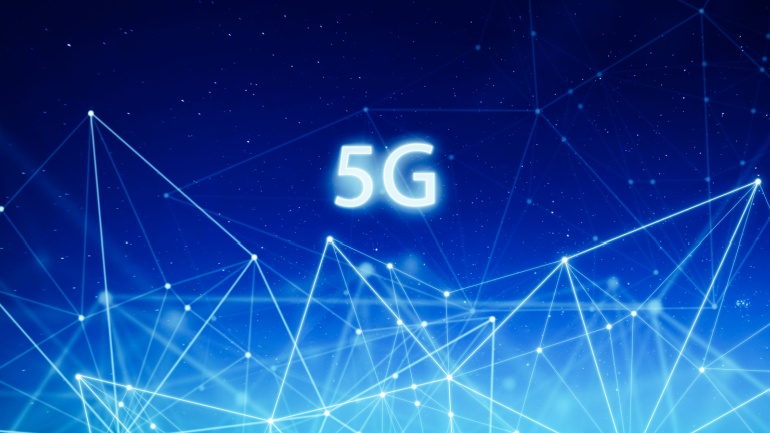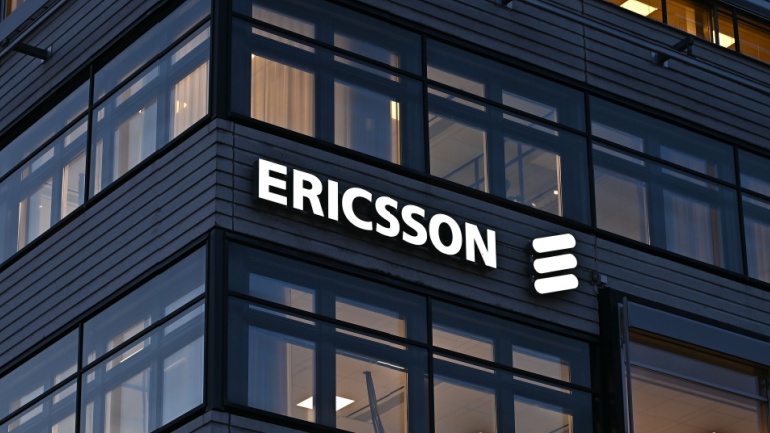A monumental step for Saudi Arabia’s Vision 2030 appears on the horizon as the Public Investment Fund and stc group plan to merge TAWAL and Golden Lattice Investment Company (GLIC). This partnership, expected to have a value of $5.85 billion and annual revenues near $1.3 billion, could be a game-changer in the telecommunications infrastructure domain.
BT joins forces with UK Business Climate Hub to empower small to medium UK businesses to slash their CO2e emissions in half by 2030. The strategic partnership aims to combat climate change, utilizing BT’s experience and UKBCH’s resources, ultimately championing for net-zero emissions by 2050. However, reaching these transformational green goals may prove challenging for many businesses, highlighting the necessity of this collaborative initiative.
VoIP offers businesses communication advantages, but reliability is crucial. The article explores common issues like bandwidth constraints, latency, and security vulnerabilities. It provides solutions like QoS, firewalls, and UPS systems to ensure a smooth VoIP experience for businesses.
Evidence reveals rising customer dissatisfaction with automated systems in UK businesses, according to a study by Cavell. Chatbots and similar technologies appear to fail in meeting customer service expectations, with 44% of respondents noting a quality slip in service over the past three years. Many UK adults still prefer human assistance in resolving issues, revealing a persistent demand for more personalised, efficient support mechanisms.
In a pivotal tech development, Delta Airlines aligns with T-Mobile, dedicating their efforts towards promoting 5G technology advancement. The vast integration will transform over 60,000 workflows, enhancing operations from check-in to lift-off. To support this evolution, Delta plans to implement a T-Mobile 5G hybrid network at its Atlanta headquarters. As part of its ongoing telecom development, T-Mobile recently concluded a $290 million 5G network expansion in Louisiana.
Comcast is revolutionizing the world of telecommunication by introducing prepaid options under its new ‘NOW’ brand. The lineup, including wireless, fixed broadband, Wi-Fi and streaming TV, aims at maximizing affordability and ease of use. Despite Broadband being less explored due to required installation process and risk factors, Comcast’s ‘NOW Internet’ is geared towards the prepaid segment, including user-friendly design and affordable rates.
Embracing certain compliance measures with the U.S. ‘Clean Network’ program, Nokia seemingly reduced its orders with supplier Foxconn Industrial Internet, marking another move away from China-based telecoms equipment. Though these adjustments primarily impact specific equipment types, both entities express an unusual blend of caution and resilience.
In spite of a 14% drop in sales, Ericsson has reported an impressive expansion in gross margin to 42.7%, largely credited to the resilience of its product portfolio and strict cost reduction measures. Maintaining its market leadership amid economic uncertainties, Ericsson anticipates further shrinkage in the RAN market for the rest of the year.
The demand for data centers is soaring due to edge services and generative AI. Nokia’s first-quarter results showed a 19% drop in sales but a notable 52% profit increase. Telesystem has launched new cybersecurity bundles featuring updated Employee Security Awareness Training. Utility companies are using GIS technology to address infrastructure, workforce, and demand challenges.
LogRhythm, the company helping security teams stop breaches by turning disconnected data and signals into trustworthy insights, is holding its revamped cybersecurity summit, RhythmWorld Europe, to elevate cybersecurity collaboration. RhythmWorld Europe will bring together industry experts and professionals to share key knowledge to overcome the most pertinent modern threats. The summit returns for a second year following its successful European launch in 2023 and will take place on 30th April 2024 at CodeNode, London.













